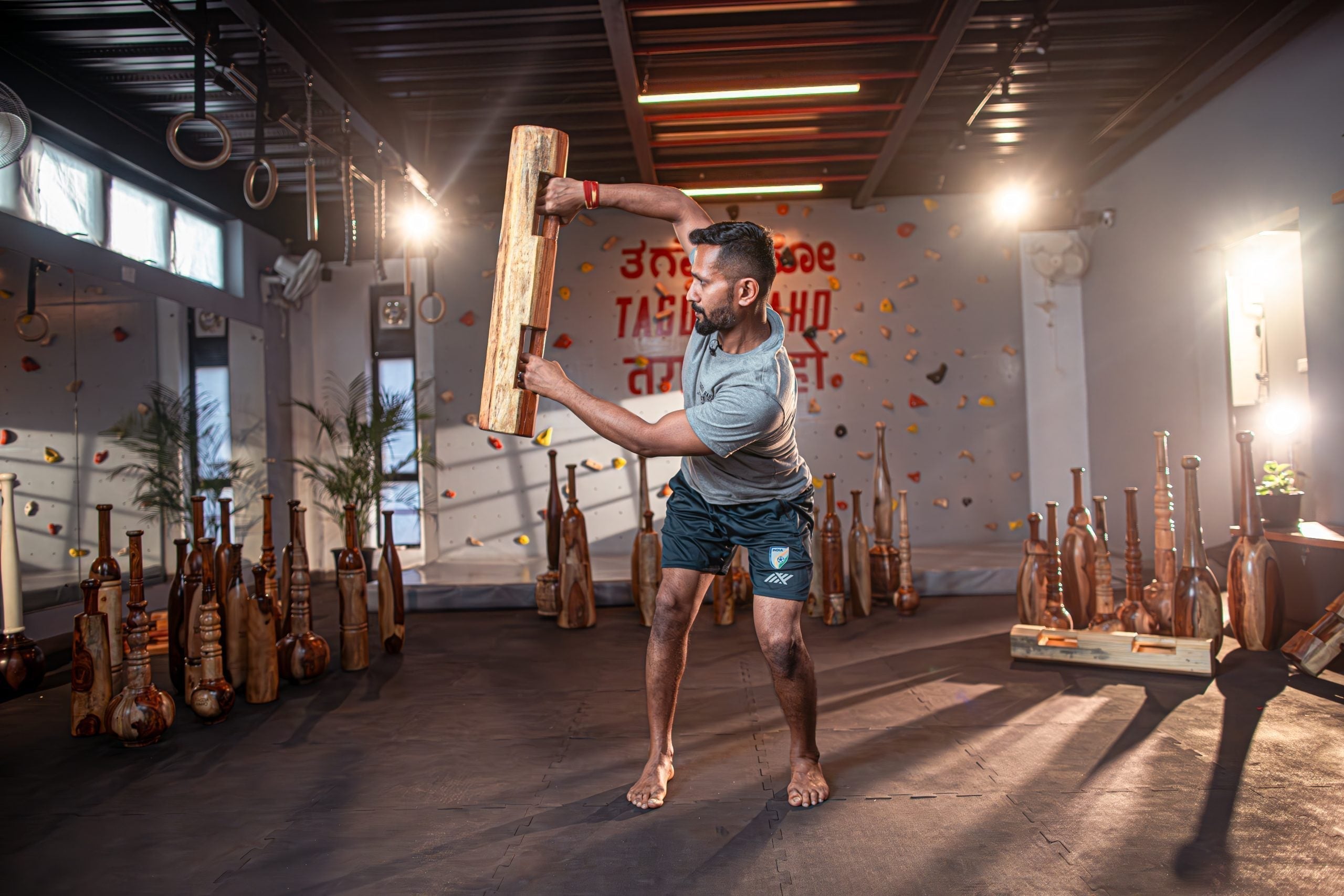Introduction
In gyms, everyone tracks sets, reps, and progress. But hardly anyone tracks recovery.
We talk about muscle growth, endurance, and aesthetics, but rarely about the one thing that keeps all of it sustainable: mobility.
Mobility isn’t flexibility. It’s strength through range. And it’s what allows you to train harder, stay injury-free, and age like an athlete.
This is why mobility is the missing link in most routines and how traditional tools like Indian clubs, maces, and gadas can help bridge the recovery gap.
The Difference Between Flexibility and Mobility
Flexibility is passive. It’s your ability to stretch.
Mobility is active. It’s your ability to move with control through that range.
A flexible yogi who can touch the floor but can’t control their movement under load has flexibility.
A wrestler swinging a 15-pound gada through a full shoulder arc without pain has mobility.
That’s what true strength looks like.
The Recovery Problem in Modern Training
Overload Without Balance
Most people train in one plane: pressing, pulling, and squatting, but they forget the rotational and circular movement patterns that joints are built for.
Neglecting Tendons and Fascia
Heavy lifts strengthen muscles but leave tendons and connective tissue vulnerable. Circular club and mace movements distribute load evenly and strengthen the smaller stabilizers that keep you injury-free.
Sedentary Hours Cancel Training Hours
You can train one hour a day, but if you sit for ten, your body stays locked up. Mobility training resets that damage.
How Indian Clubs and Mace Training Improve Mobility
Dynamic Range Conditioning
The swinging motion of Indian clubs opens the shoulders, chest, and thoracic spine while strengthening stabilizers.
Joint Circulation and Lubrication
Mace training’s circular patterns nourish synovial fluid flow in joints, keeping them healthy and resilient.
Breathwork Integration
Every swing links breath with movement. This coordination calms the nervous system and aids recovery.
Scalable Load
You can start with light rosewood clubs and gradually progress to heavier gadas or steel maces. Mobility becomes a moving meditation, not a cooldown stretch.
Sample 10-Minute Mobility and Recovery Flow
| Minute | Movement | Focus |
|---|---|---|
| 1–2 | Light Indian club swings | Shoulder openers and blood flow |
| 3–4 | Mace 360s | Controlled rotation and grip activation |
| 5–6 | Figure-8 swings | Thoracic spine and core rotation |
| 7–8 | Overhead holds | Shoulder stability |
| 9–10 | Deep breathing and gentle parikramas | Recovery, rhythm, and reset |
This can be done before or after your main workout or as a standalone morning routine.
Why This Matters for Long-Term Strength
Mobility is the foundation of longevity in movement. Without it, strength decays faster, recovery slows, and injuries multiply.
Training with tools like Indian clubs and gadas builds rotational strength, tendon resilience, and joint health, the essentials modern lifting often overlooks.
It’s not just stretching. It’s strength that stays.
Tagda Raho USA’s Role
At Tagda Raho USA, we’re not chasing trends. We’re reintroducing forgotten tools that built warriors, yogis, and athletes long before modern gyms existed.
Our handcrafted Indian clubs, gadas, and maces are designed to restore mobility, grip strength, and flow to modern movement. Whether you’re a powerlifter, CrossFitter, yogi, or office worker, these tools help you move the way your body was designed to move.
Stay Strong. Stay Fluid. Stay Tagda.


Share:
Why Grip Strength Predicts Longevity And How Mace Training Builds It